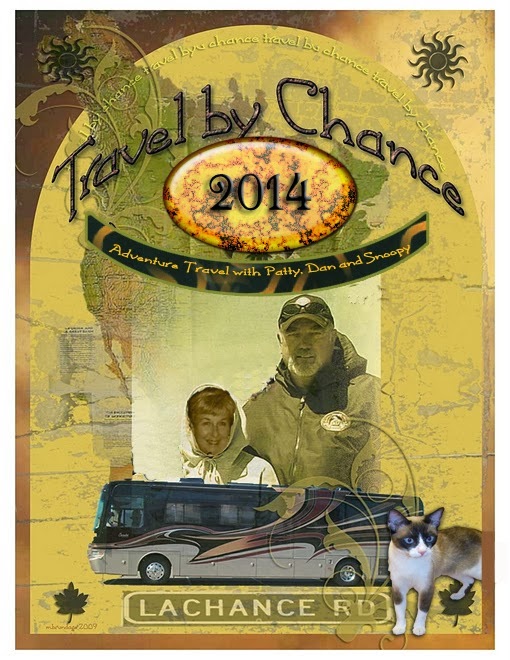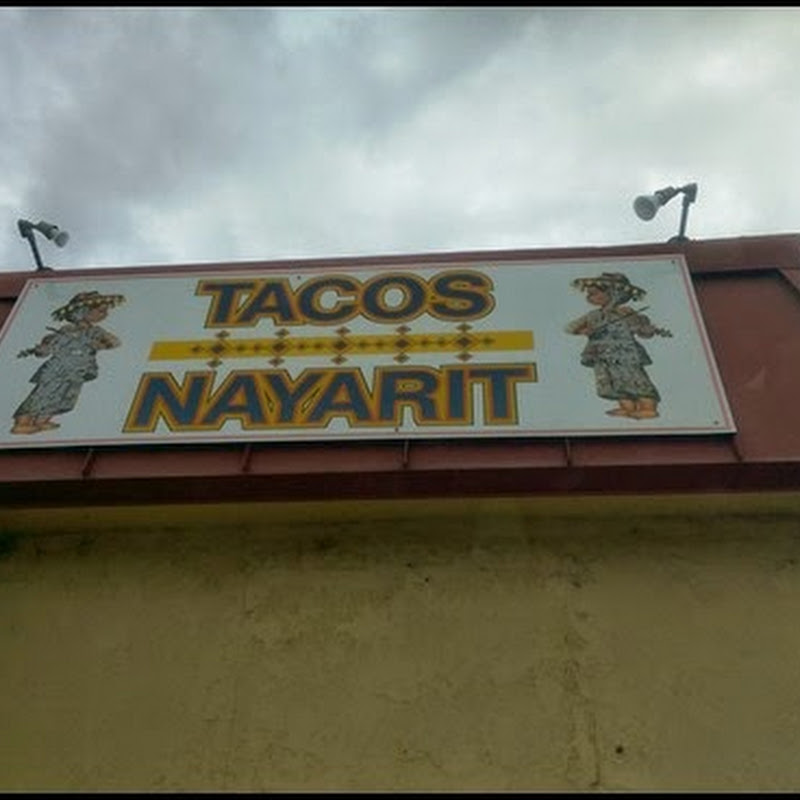
Back in the early 1980's, I had no idea what "suicide by cop" meant, but on one spring afternoon, while working the swing shift in Los Banos, I learned the definition first hand.
My assigned beat was the southern section of Interstate 5, and the routine day of writing speeding tickets changed dramatically, when the Officer working the east end of State Route 152 radioed that he had a failure to yield. As the minutes ticked by, this failure to yield turned into a high speed chase, heading west toward the city of Los Banos. I wasn't the closest unit, but I started heading toward town, where I would be in position to assist if the pursuit continued west bound. I think the initial violation was speeding, and the Officer attempting to stop the fleeing vehicle was an Officer I had trained just a few months before this incident. He had less than a year on the job, was a good trainee, and was developing into a very competent Officer.
When the chase was nearing the city, I turned east on State Route 152, and headed for an intercept with the pursuit. By then, there were 3 patrol cars in position behind the violator. My trainee was the primary Officer, behind him was a Sheriff's Deputy, and the 3rd chase vehicle was our shift Sergeant. A couple of miles west of town, the speeder pulled over to the right, as the 3 patrol cars lined up behind him. At about the same time, I pulled into the very wide center dividing median, and positioned my patrol car directly across from the violators driver door. I was probably about 75 feet away, as the driver opened his door.
At this point, the incident escalated several notches, as I noticed that the driver had a semi automatic hand gun in his right hand. The other officers were not in a position to see what I saw, and I yelled to them that he had a gun. I also yelled at him more than once to drop the gun. His next move was to swivel in his seat to where his feet were now on the ground, and he was directly facing me, still seated in the vehicle. By then, all of us had our weapons drawn, and I had mine resting on the roof of the patrol vehicle. As this individual sat in his seat facing me, he deliberately jacked the slide mechanism on the handgun, placing a round in the firing chamber.
By doing this, there was no doubt in my mind that his intent was to shoot at something. I yelled to the other officers that he had just jacked a round into the chamber, and every one's alert level escalated to the highest level. I remember thinking that the outcome of this was not going to be good, and was so sure that shots were going to be fired, that I pulled back the hammer of my 357, and took aim at this individual. Our weapons training was never single action, but rather all shooting at the range was double action. I was so sure that I was going to have to shoot this guy, that I wanted to make sure I hit him with the first shot. I remember yelling at him that if he didn't drop the gun, he was going to get shot, and was going to die! That statement turned out to be rather prophetic.
His next move was to slowly stand, and turn toward the back of his car, facing the 3 patrol vehicles behind him. My threat level had diminished slightly, as he was no longer facing me, but the threat to the other Officers increased substantially. After standing, within a second or two, he started to raise the handgun to a position where he would have been able to shoot at the 3 Officers behind him. Just as he started to raise the weapon, I started to squeeze the trigger on my revolver, but several shots came first from the 3 Officers who were the most vulnerable.
As the victim went down, I remember thinking what in the world was wrong with this guy? If he wanted to shoot it out with us, he certainly wasn't interested in any strategy of protecting himself.
I immediately called for an ambulance, and at about the same time, noticed that 2 vehicles had stopped in the east bound lanes, near where I was parked. Before they could drive off, I approached both vehicles, and retrieved witness information and brief statements. Both drivers couldn't believe what they has just observed, and part of their disbelief was the fact that this guy stood out in the open, and raised his gun toward 3 armed Officers. The individual was pronounced dead at the hospital, and needless to say, the rest of the shift was a lot of paperwork, and as with all departmental shootings, a lengthy investigation was initiated.
The conclusion to this incident was a Coroners Inquest, several weeks later, where all Officers and witnesses testified in front of the Grand Jury in Merced, CA. It was at that proceeding, several recorded telephone messages were played between the victim and his girlfriend. On those tapes, the victim threatened suicide, due to a previous breakup in that relationship. He even stated how he was going to go down in a blaze of glory, not the usual overdose of sleeping pills. With that evidence, and the testimony of the two independent witnesses, the finding was that this guy committed suicide in what was a most unusual method. The final outcome from the Inquest, the District Attorney, the CHP, & the Sheriff's Department was that the shooting was justifiable.
That was the closest I ever came to firing my weapon at a person while wearing the CHP uniform. I had been shot at, but fortunately, never had to shoot toward another human being. Other than the range, I only fired my weapon one time during my career, and that's a subject for another memory.
 Cessna Caravan
Cessna Caravan
 The muddy Colorado River west of it's junction with the Little Colorado River
The muddy Colorado River west of it's junction with the Little Colorado River
 This fire is burning south east of the Grand Canyon Village
This fire is burning south east of the Grand Canyon Village
 The Pilot Fire started on July 4th, and has burned almost 3,000 acres
The Pilot Fire started on July 4th, and has burned almost 3,000 acres
 This small fire is on the North Rim, and like the other 2, was caused by lightning
This small fire is on the North Rim, and like the other 2, was caused by lightning








































